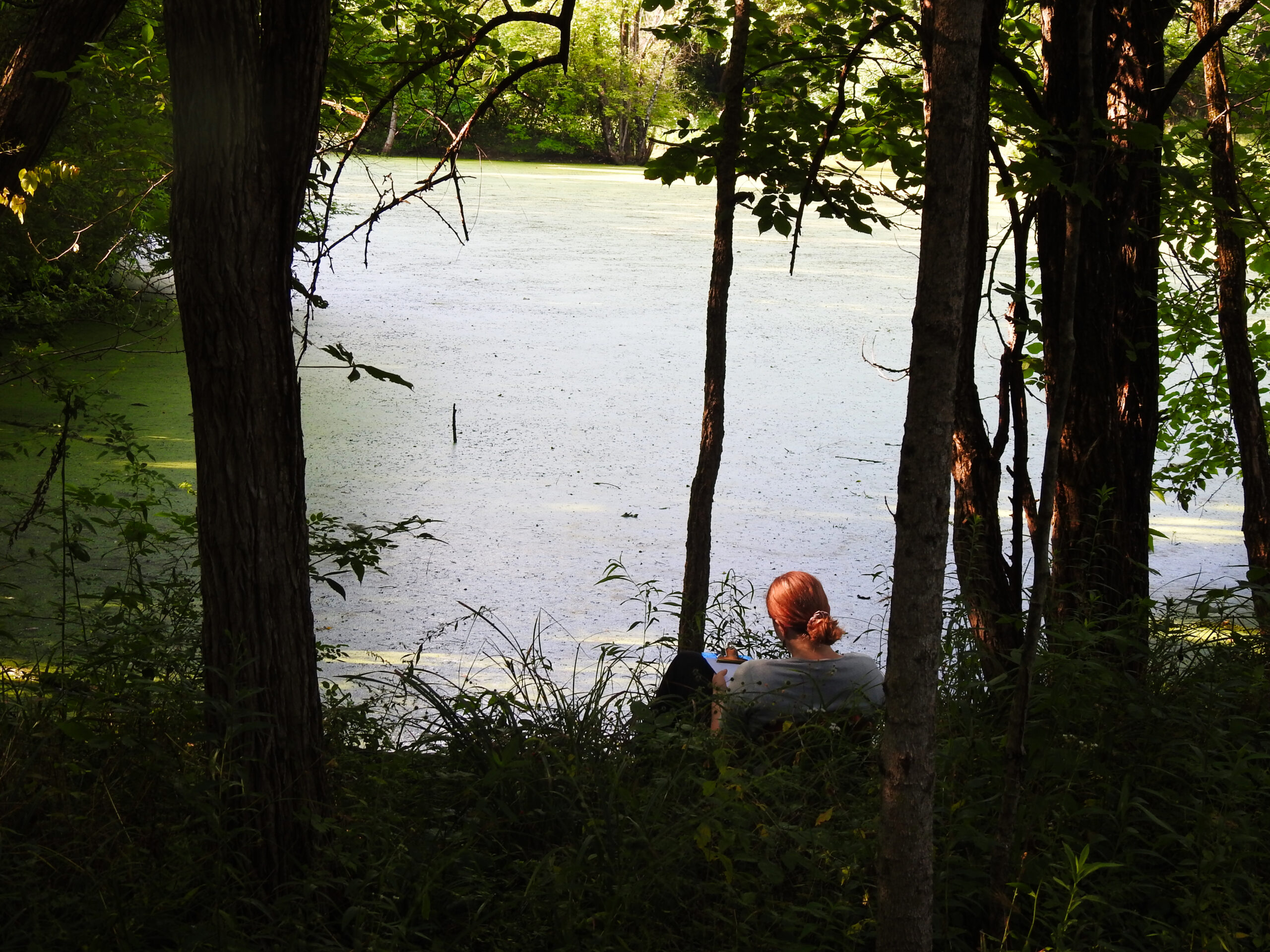This Indiana College Just Opened a Secret, 400-Acre Nature Reserve System to the Public
 Credit: Image Credit: Courtesy of Earlham College
Credit: Image Credit: Courtesy of Earlham College- The biology department properties are now open to the public across Wayne County, Indiana, as the Earlham Nature Reserve System.
- Students not only use the reserves for classwork, but they also maintain trails and look out for invasive species.
- Earlham wants to get the word out to prospective students about the educational and recreational benefits of the reserve system.
- While the properties are now open to the public, visitors must go out of their way to find these tucked-away trails.
Earlham College, a private college in Indiana, announced a decades-old secret last month: It has nurtured a 400-acre network of trails, hiking paths, forests, prairies, streams, and boardwalks across Wayne County for years.
Known as the Earlham Biology Department Properties by those who knew it existed, the Earlham Nature Reserve System (ENRS) has now been rebranded and is open to the public.
The ENRS is made up of 400 acres of properties across Wayne County, including reserves like Wildman Woods, Sedgwick’sRock Preserve, and the back campus property adjacent to the college. Earlham acquired the land through multiple alumni and charitable donations.
Associate biology professor Chris Smith told BestColleges one of the main goals is to get the word out about a resource the college hasn’t historically advertised well. For prospective students, it’s not just an outdoor laboratory or teaching space — it’s for enjoyment, too.
“There’s been a ton of effort at some of the properties to maintain and make awesome trails,” Smith said. “That’s one reason we want to share this a little more broadly. And our impetus to share this more broadly is part of what I think we view our college mission as.”
Smith said the reserve properties have existed for decades but were the school’s best-kept secret. The only people who knew about them were the biology students and faculty.
“Chemistry’s one floor above, and they didn’t know about the properties,” Smith said, pointing upwards. “It was something that we used all the time for classes and even for our enjoyment, going out for a hike on the weekend.”
Smith said the back campus property is the most frequented. Any class with an outdoor component utilizes the diverse land of permanent ponds, vernal (seasonal) ponds, a restored prairie, a stream, and a tree plantation.
Sedgwick’s Rock and Wildman Woods help students understand the surroundings in their first-year ecological biology class. At Wildman Woods, students engage in forestry and measure the forest’s history, trace fossils of European colonization, and project its future.
Smith said students don’t only engage with the forest but help maintain it through a seven-week trail maintenance and invasive species removal class run by the property manager.
“They, at times, will even go out and do some minor building projects,” Smith said. “There’s another project we’re hoping to schedule soon where we’re going to try and borrow one of the sports teams, most likely baseball, because we need a lot of lumber brought in because we’re redoing a staircase that goes down into sort of a steep gorge.
“And I think we need more backs,” Smith said, working through a laugh. “There’s no chance of getting that in on any vehicle.”
Smith said since the reserve system has been opened to the public, the college is wary of excessive foraging from visitors. But it also wants to be good to the reserve system’s neighbors.
 “We’re trying to toe the line with being extremely respectful and being good neighbors and also making it so that people can come in and enjoy these properties,” he said. “It’s public facing, but they’re not super public facing. You still have to go the extra step and find out where they are, and find out where to park because it’s not like they’re on a major road with big signage.”
“We’re trying to toe the line with being extremely respectful and being good neighbors and also making it so that people can come in and enjoy these properties,” he said. “It’s public facing, but they’re not super public facing. You still have to go the extra step and find out where they are, and find out where to park because it’s not like they’re on a major road with big signage.”
Earlham has been getting the word out through libraries with the local environmental center and by hosting community events like a “bike and hike.” Efforts are also underway to craft a greater social media presence under the Earlham Nature Reserve System’s new logo, designed by 2020 graduate Anna Mullin, as part of a competition.
“I think just having that name gives anyone something to latch onto and say like: ‘It’s not the Earlham Biology Department Properties; it’s a nature reserve.’ You know what its mission is,” Smith said.
“It’s research, teaching, and public outreach.”